What would happen if you took your helmet off in space? This is a question that has been asked by many people, and there is no one definitive answer. Some people say that you would explode, while others say that you would simply suffocate. In this article, we will explore the various possibilities of what could happen if you took your helmet off in space. Stay safe and always keep your helmet on!
Table of Contents
Spacewalk Spacesuit Basics
The space suit is more than just a suit. It’s a complex system that helps keep astronauts alive in the hostile environment of space. The suit is made up of multiple layers, each designed to perform a specific function. The first layer is the pressure garment, which keeps the astronaut’s body from expanding too much in the vacuum of space.
The third layer is the life support system, which provides oxygen and other vital gasses to the astronaut.Cooling Garment
Cooling garments are necessary to keep astronauts comfortable.
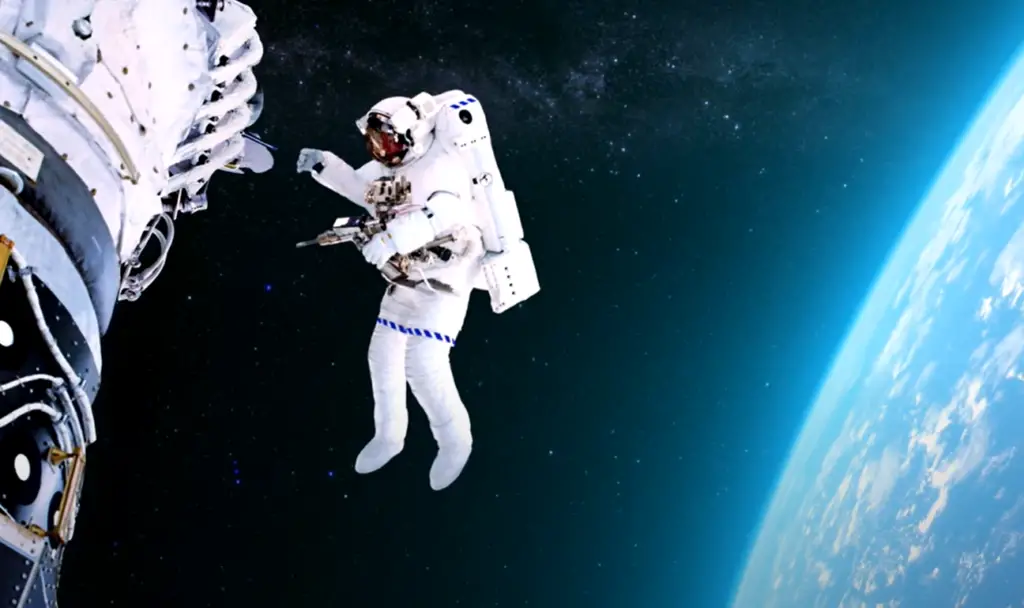
They work by circulating water through tubes in the fabric. The water absorbs body heat and then evaporates, cooling the astronaut.
Hard Upper Torso
The hard upper torso (HUT) is the part of the suit that includes the helmet, spacesuit shirt and gloves. It’s also the part of the suit that keeps you alive by providing air, cooling, and power.
Lower Torso
The lower suit system is made up of spacesuit pants and boots.
The pants have a full-torso connection that helps to support the suit’s weight on the astronaut’s body. The boots are also made of a flexible material and have been designed to provide comfort and traction in zero gravity.
Life Support System
The life support system is designed to keep you alive for a period of time, and it will provide you with oxygen and air pressure.
Communications System
The communications system is located in the helmet and is what allows an astronaut to communicate with mission control. [1]
What Is A Space Helmet
A space helmet is a type of personal protective equipment that astronauts wear while they are inside their space suits. The helmet protects the astronaut’s head and face from the dangerous environment of space.
Astronaut Helmet Parts
Astronaut helmet consists of four main parts: the protective shell, neck ring, the vent pad and feed port.
The protective shell is made of Lexan, a lightweight polycarbonate plastic. It protects the astronaut’s head from micrometeoroids and debris, as well as providing structural support for the other helmet parts.
The neck ring is made of aluminum and serves to keep the helmet securely in place on the astronaut’s head.
The vent pad is located on the back of the neck ring and helps to regulate air flow inside the helmet.
Finally, the feed port is located on the front of the neck ring and is used to connect the astronaut to their oxygen supply.
Problems of Wearing a Space Helmet
While a space helmet is essential for keeping an astronaut alive in the vacuum of space, there are some problems that come with wearing one. One of the most obvious problems is that it can get very hot inside a space helmet. This is because the helmet traps body heat and doesn’t allow it to escape. As a result, astronauts have to make sure that they drink plenty of water to stay hydrated and prevent themselves from becoming overheated.
Another problem with wearing a space helmet is that it can be difficult to see and hear clearly.
And because there is no air in space, sound waves can’t travel through it. So even though astronauts can communicate with each other through their space suits, they can’t actually hear each other.Finally, wearing a space helmet can be very tiring. It’s hard to move your head around inside the helmet, and the weight of the helmet can make your neck and shoulders sore. So even though astronauts are used to working in difficult conditions, wearing a space helmet is still a challenge.
Astronaut Helmet Features
The helmet is the most important part of an astronaut’s suit. It not only protects the head and face, but also provides oxygen and communication with Mission Control.
The helmets are made of several layers of materials, including a clear plastic visor, an outer shell, and a liner. The visor protects the astronaut’s eyes from the bright sunlight and debris. The outer shell is made of reinforced fiberglass or Kevlar and helps protect against impact damage. The liner is made of soft fabric that helps absorb sweat and keep the helmet comfortable to wear.

There are also filters in the helmet that remove bacteria and other contaminants from the air supply. These filters need to be changed regularly to make sure they’re effective.
The helmet also has a microphone and earphones so the astronaut can communicate with Mission Control. The helmet is also connected to the suit’s oxygen supply and has a valve that regulates the flow of air.
How do astronauts breathe in space?
The simple answer is that they use oxygen tanks. Most spacecraft have a limited supply of oxygen, so astronauts have to be very careful not to waste it. They also have to monitor their own breathing and heart rate, because too much exertion can use up oxygen quickly.
In some cases, like on the International Space Station, there is a recycling system that takes astronauts’ exhaled carbon dioxide and turns it back into. But this isn’t foolproof, and it’s always better to err on the side of caution when it comes to space travel.
What Would Happen If An Astronaut Removes His Helmet In Space
If an astronaut were to remove their helmet while in space, the consequences would be immediate and fatal. Without a suit to provide oxygen and regulate temperature, the astronaut would quickly succumb to the harsh conditions of space. [4] Within seconds, they would experience an extreme drop in body temperature and begin to suffocate. In minutes, they would become unconscious and eventually die.
While it is possible for an astronaut to survive without a helmet for a short period of time, the risks are simply too high to make it worth attempting. If you find yourself in a situation where your helmet has been damaged or lost in space, your best chance for survival is to find another suit as quickly as possible.
How Long Can An Astronaut Go Without A Helmet In Space
Without oxygen flowing to the brain, astronauts would quickly pass out and then die. Even if they were wearing a suit that could provide them with oxygen, they would still eventually pass out as their bodies used up all the available oxygen. So, while it is technically possible to survive without a helmet for a short period of time, it is not advisable!Where Is It Safe To Remove A Helmet For An Astronaut
Space Station
If you’re on the International Space Station, you’re in luck- there’s a lot of air inside! The station is pressurized to keep astronauts comfortable, and taking off your helmet won’t immediately result in death. However, it’s not a good idea to remove your helmet unless absolutely necessary. The air inside the station is filtered to remove bacteria and other contaminants, but it’s not as clean as the air we breathe on Earth. In addition, the air pressure inside the station is lower than what we’re used to on Earth. This can cause headaches, dizziness, and nausea.

So while you technically could take off your helmet while on the space station, it’s not something that should be done lightly! If you need to take off your helmet, make sure you’re in a safe area and have someone nearby who can help you if needed.
Mars
The quick answer is no, you should not take your helmet off on Mars. The planet has a very thin atmosphere that does not provide enough protection from the harmful UV radiation of the sun. Additionally, the atmospheric pressure on Mars is only about one-third of what it is on Earth, so taking your helmet off would result in some serious decompression sickness.
So while you might be tempted to take a deep breath of fresh (albeit dusty) Martian air, it’s best to keep your helmet on and avoid any potential health risks.
Moon
The moon is not considered a safe place to take your helmet off. There is no atmosphere on the moon, which means that there is no air to breathe. Without a spacesuit, you would quickly suffocate and die. Additionally, the lack of atmospheric pressure on the moon would cause your blood to boil.
So while it might be tempting to take your helmet off for a quick breather while on a spacewalk, it’s definitely not worth the risk! Stick to wearing your space suit at all times when outside – it could save your life.
Venus
Venus is also not considered a safe place to take your helmet off. Venus has an atmosphere, but it is made up of mostly carbon dioxide and sulfuric acid. The atmospheric pressure on Venus is also 90 times greater than the pressure on Earth, which would make it very difficult to breathe.
In addition, the surface temperature on Venus can reach 460 degrees Celsius – hot enough to melt lead! So even if you could manage to breathe on Venus, you would quickly succumb to the extreme heat.
So like the moon, it’s best to avoid taking your helmet off while on Venus. Stick to wearing your space suit at all times to stay safe.
Earth
Earth is the only one of the terrestrial planets with an atmosphere that can support life as we know it.
If you took your helmet off on Earth, you would start breathing this mixture of gasses and be fine. [2]
FAQ
How cold is space?
Space is an environment devoid of atmosphere, and as such, it has no way to dissipate heat. Without the protection of a space suit, your body would be subject to the extreme cold of deep space. Within seconds, you would experience frostbite on any exposed skin, and your internal organs would begin to shut down. You would eventually lose consciousness and die.
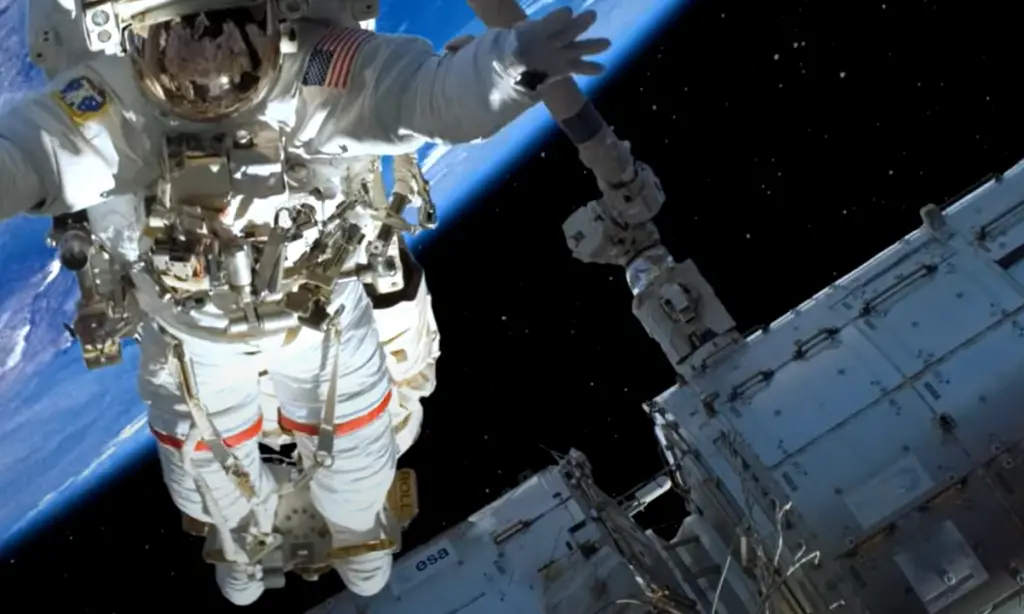
The baseline temperature of space is -455.45 degrees Fahrenheit (-270.29 degrees Celsius). However, this number is misleading because it doesn’t take into account the fact that space is a vacuum. In a vacuum, there is no medium for heat to travel through, so the temperature can fluctuate wildly depending on your proximity to objects like stars or planets.
For example, if you were standing on the surface of the sun, you would experience temperatures upwards of 27 million degrees Fahrenheit (15 million degrees Celsius). Conversely, if you were orbiting Earth in a spacecraft, you would experience much colder temperatures due largely to Earth’s radiation belts.
All told, the range of possible temperatures in space is pretty staggering.
Will your blood boil in space?
If you take your helmet off in space, your blood will not boil. In space, there is no convection, because there is no air. The only way for heat to be transferred is by radiation. So if you take your helmet off in space, you will eventually freeze to death.
Why are astronaut helmets round?
The helmets that astronauts wear are round for a few reasons. First, it gives them a greater range of vision. When you’re in space, you need to be able to see as much as possible. A round helmet allows astronauts to have a 210-degree field of view. Second, the helmet is designed to protect astronauts from micrometeoroids. These are tiny pieces of rock and dust that travel through space at high speeds. If one of these hit an astronaut’s head, it could cause serious damage. Finally, the helmet protects astronauts from the extreme cold and radiation in space.
Are astronaut helmets bulletproof?
No, astronaut helmets are not bulletproof. They are designed to protect the wearer from the harsh environment of space, including extreme temperatures and dangerous debris. However, they are not designed to stop bullets. In fact, if an astronaut were to take their helmet off in space, they would be immediately exposed to the vacuum of space and would likely die within seconds.
So, while astronaut helmets are not bulletproof, they are still incredibly important for keeping astronauts safe while they explore the universe.
Can you eat in a space suit?
Yes, you can eat in a space suit. There are food pouches inside the suit that astronauts can access. However, because of the limited movement in the suit, eating is not easy.
Spacesuits are also equipped with drinking straws so that astronauts can stay hydrated while working.
What are the four main pieces that compose a space suit?
A space suit is made up of four main pieces: the helmet, gloves, boots, and suit. The helmet is the most important part of the space suit. It protects your head and keeps you from breathing in dangerous chemicals. The gloves protect your hands from the cold and help you grip objects.

The boots keep your feet warm and help you walk in the space station. The suit is the final piece of the space suit. It helps regulate your body temperature and keeps you from getting too hot or too cold.
Why do space helmets have Velcro inside?
The answer to this question is actually quite simple. The Velcro is there to help keep the helmet in place in the event that the astronaut were to lose consciousness. Without the Velcro, the helmet could easily float away, which would obviously be very dangerous.
Useful Video: Here’s what happens to your BODY in OUTER SPACE…
Conclusions
So, there you have it! If you take your helmet off in space, you will most likely die a very quick and painful death. However, if by some miracle you do manage to survive, you’ll be faced with a whole host of other problems. So, next time you’re suiting up for a space walk, make sure you keep your helmet on!
Thanks for reading!
References:
- https://www.nasa.gov/feature/spacewalk-spacesuit-basics
- https://www.universetoday.com/131038/where-can-i-take-off-my-space-helmet/
- https://departingearth.com/what-happens-if-an-astronaut-removes-his-helmet/
- https://www.astronomyscope.com/what-happens-if-you-take-your-helmet-off-in-space/

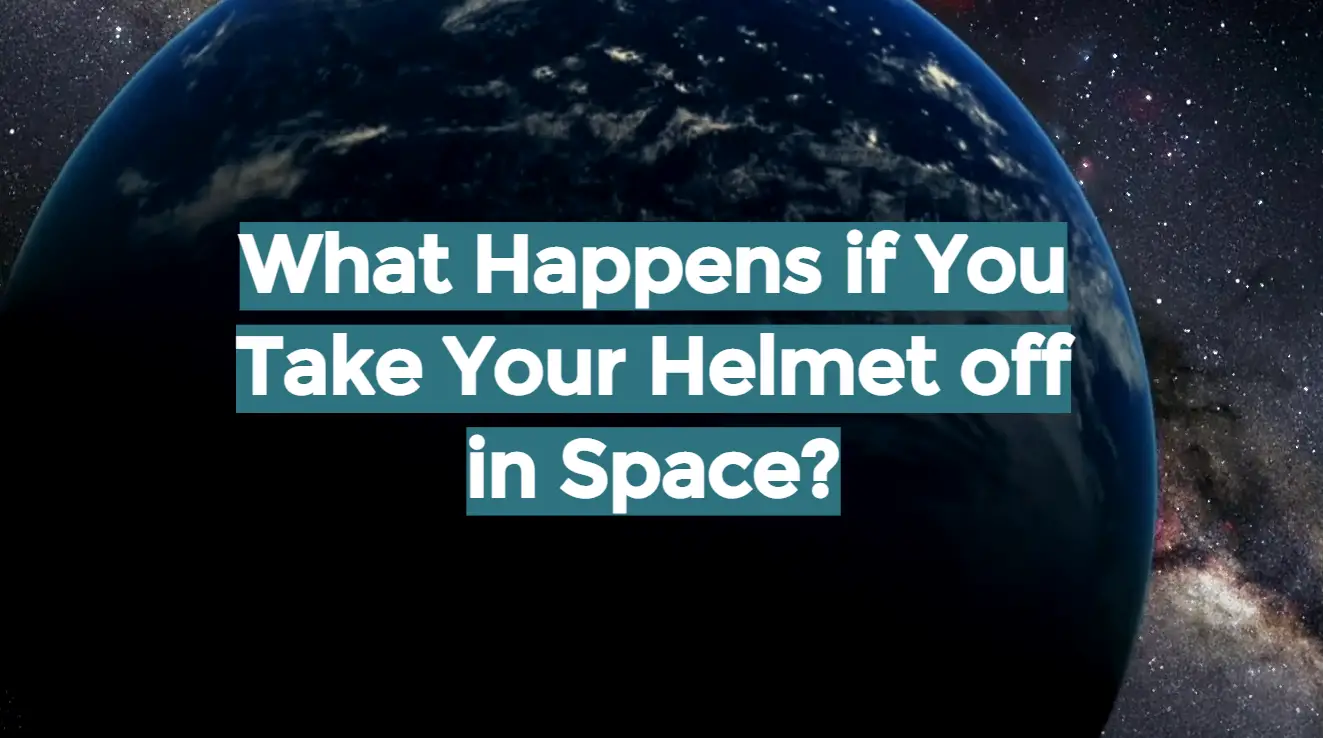

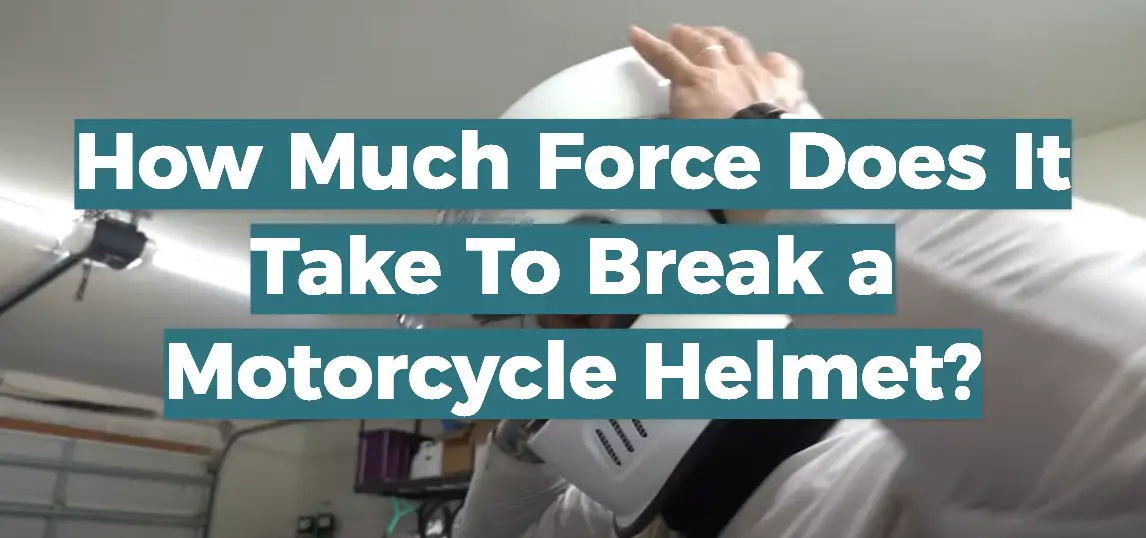

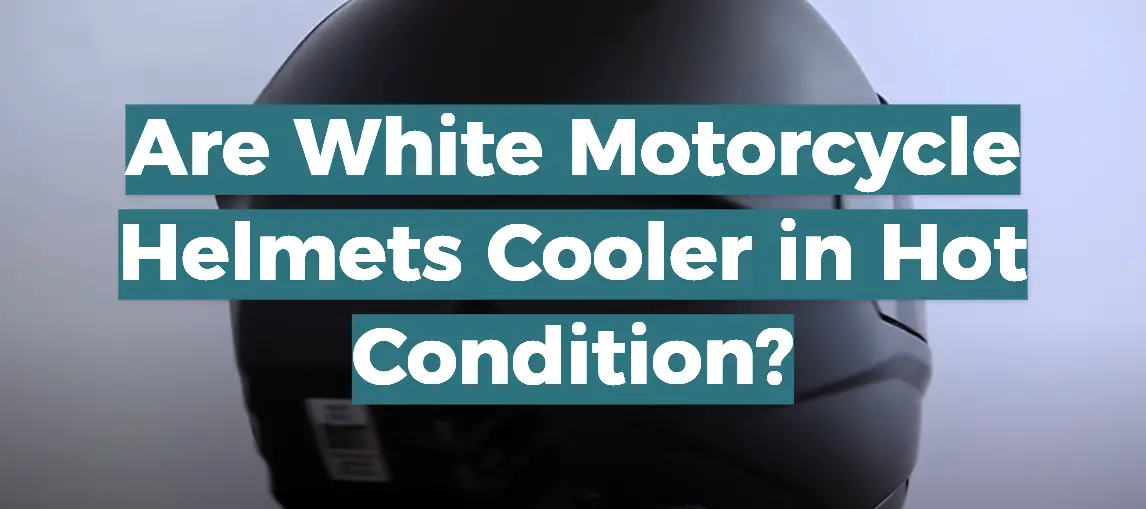
Leave a Reply